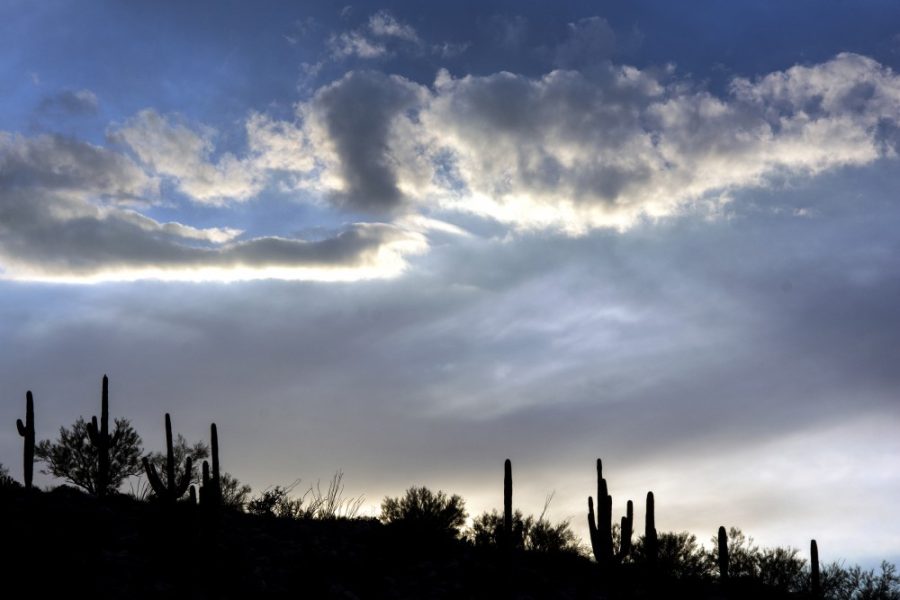Christina Greene, a Ph.D. student in UA’s School of Geography and Development, has just been awarded a $95,000 fellowship by the National Institute of Food and Agriculture to study the impacts of drought on rural communities in the San Joaquin Valley of California.
Greene has been doing similar research in the area as a graduate fellow with the Confluence Center for Creative Inquiry and CLIMAS (Climate Assessment for the Southwest) at the UA for the past two years. With funding from the new grant, Greene will focus on understanding the impacts of drought on rural communities in the area with the goal of improving drought monitoring, planning, management and relief.
“A lot of drought monitoring policies so far have been really focused on the physical dimensions of drought,” Greene said. “There are a lot of different definitions for drought and it’s often involved, not just there’s been a lack of rain but also is someone missing that rain? How is that impacting people?”
For the research funded by the grant, Greene will conduct in-depth interviews and household surveys with residents of rural communities in the San Joaquin Valley.

Greene will also research existing documents, including census data, drought policy documents and school enrollment data. She plans to use this, in addition to her findings from interviews and household surveys, to develop a drought vulnerability assessment of the region that she will share with local government, social service providers and community organizations.
Greene said that she has focused her research on the San Joaquin Valley partly because it is vital to our national food system. “What happens there is also very important for what happens for the whole country and our food system,” Greene said.
California produces the most food of any state in the nation, and Tulare County, one of the counties in the San Joaquin Valley that Greene has focused previous research on, was the leading agricultural producer of any county in the country in 2015, according to the Tulare County Farm Bureau.
RELATED: Flying the friendly skies: UA scientists use airplanes to research climate change
Farms in California are irrigated with a mixture of surface water and ground water. According to the USDA Economic Research Service, over half of all water used to irrigate California farms in 2013 was off-farm surface water, meaning that it was transported through canals and aqueducts to reach the farm.
In 2014, the State Water Project and the Federal Central Valley Project, the two largest entities in charge of delivering surface water in California’s Central Valley, were only able to deliver between 0 and 5 percent of contracted water to agricultural users, according to the USDA Economic Research Service.
This meant that farmers had to resort to pumping groundwater to irrigate their crops.
“There has been a decrease in production, but there’s also a huge increase in pumping from the groundwater that no one really wants to be doing,” Greene said.
Groundwater pumping can cause land subsidence, which is a compaction of underground aquifers once the water has been removed. Often that compaction affects the long-term ability of the ground to store water.
“Once that goes down, you often can’t fully recharge it,” Greene said.
RELATED: UA Earth scientists answer questions about an ancient, green Sahara
Irrigation water isn’t the only thing impacted by the drought. Household water has also become much more expensive for some communities in the San Joaquin Valley.
“I spoke to a lot of community members who were complaining that they couldn’t afford their water bills, that they had to choose between doctor bills and water bills,” Greene said.
Some communities whose wells have gone dry now rely on bottled water to drink and can’t shower at home. Greene described one family whose kids didn’t want to go to school because they didn’t have access to a shower at home.
“We often focus on the physical factors of climate impacts and the impacts on communities is often not as distinct or clear, so it’s a bit of a messy area to be researching,” Greene said. “I find it fascinating because it often brings in human values and narratives and how we perceive climate, so I think it’s a very rich and interesting area to be researching.”
Follow Michaela Webb on Twitter.









